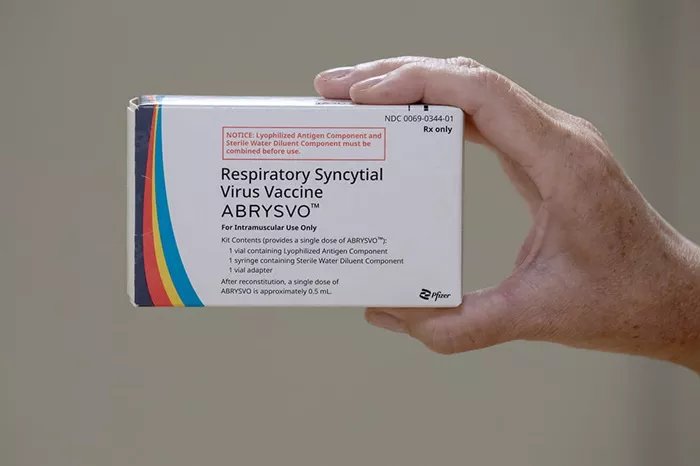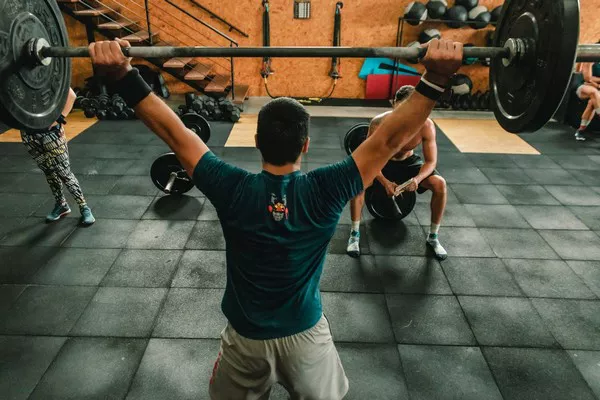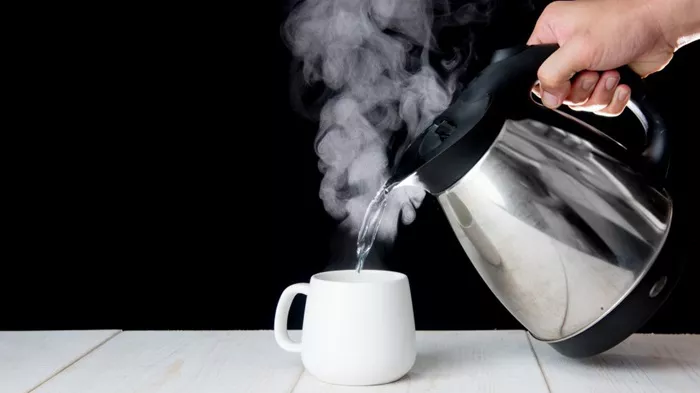For many people looking to improve their cardiovascular fitness, the idea of losing muscle mass while incorporating cardio into their routine is a major concern. If you’ve ever tried to enhance your endurance, whether for athletic performance or general health, you may have found yourself facing a dilemma: how can you get better at cardio without sacrificing hard-earned muscle? It’s a legitimate concern, especially for those committed to weightlifting or bodybuilding, where maintaining muscle mass is a top priority.
The good news is that it’s possible to boost your cardiovascular health without compromising muscle mass. With the right approach, you can tailor your cardio routine to complement your strength training, promote fat loss, and enhance endurance without seeing a significant decrease in muscle size. In this article, we’ll explore effective methods to improve cardio performance, the science behind muscle preservation, and the types of training strategies that can help you achieve a balance between both goals.
The Relationship Between Cardio and Muscle Mass
Before diving into the specifics of how to improve cardio without losing muscle, it’s essential to understand the biological relationship between cardio exercise and muscle tissue.
Cardiovascular exercise, particularly when done at high intensities or for extended durations, relies on energy systems in the body that can lead to muscle breakdown if not managed correctly. When engaging in prolonged cardio sessions, the body uses glycogen (stored carbohydrates) as the primary fuel source. However, once glycogen stores are depleted, the body can turn to muscle protein as a fuel source, potentially leading to muscle loss over time. This is more likely in individuals who are in a calorie deficit, such as those aiming to lose fat.
The key is to balance your cardio regimen with proper nutrition and strength training to mitigate muscle breakdown. With the right approach, cardio can actually support muscle preservation or even muscle gain, especially when combined with resistance training.
Choose the Right Type of Cardio
Not all forms of cardio are created equal when it comes to preserving muscle mass. The type, duration, and intensity of your cardio sessions can significantly impact how much muscle you maintain or lose during your training. Here are a few options to consider:
1. Low-Intensity Steady-State (LISS) Cardio
Low-Intensity Steady-State cardio, or LISS, involves performing cardio exercises at a moderate pace for a prolonged period, typically 30-60 minutes. Examples include brisk walking, cycling, or light jogging. LISS is generally considered one of the best options for improving cardiovascular health while minimizing muscle loss.
Because LISS is done at a lower intensity, it primarily uses fat as fuel, rather than glycogen or muscle protein. This means you’re less likely to enter a catabolic state (where muscle breakdown occurs), and more likely to preserve your muscle mass.
2. High-Intensity Interval Training (HIIT)
High-Intensity Interval Training (HIIT) alternates between short bursts of intense activity and periods of rest or lower-intensity activity. Examples include sprints, jump squats, or burpees. HIIT has been shown to improve both aerobic and anaerobic capacity while burning a significant amount of calories in a short amount of time.
Although HIIT can be effective for fat loss and improving cardiovascular health, it is essential to monitor the frequency and intensity of your sessions. Overdoing HIIT can lead to muscle breakdown, especially if you’re not supporting it with adequate recovery and nutrition. However, when done properly, HIIT can enhance muscle endurance, strength, and fat-burning capabilities without significant muscle loss.
3. Moderate-Intensity Cardio (MICT)
Moderate-Intensity Continuous Training (MICT) falls between LISS and HIIT, typically involving activities like moderate-paced running or cycling. MICT tends to be a great compromise between duration and intensity, providing cardiovascular benefits without excessively taxing the body or burning through muscle tissue.
Studies suggest that moderate-intensity cardio may help prevent muscle loss more effectively than high-intensity training, especially when combined with strength training. The key is balancing the duration and frequency of your cardio sessions to avoid overtraining, which can increase the risk of muscle breakdown.
Optimize Your Nutrition for Muscle Preservation
One of the most critical aspects of preserving muscle mass while engaging in cardiovascular exercise is nutrition. Your diet plays a pivotal role in supporting muscle recovery, preventing catabolism, and enhancing endurance. Below are a few nutritional strategies to consider:
1. Maintain a Protein-Rich Diet
Protein is essential for muscle repair and growth, and it plays a crucial role in preventing muscle breakdown during cardio sessions. When you’re engaging in regular cardio, it’s vital to ensure you’re consuming enough protein to support your body’s needs.
Aim to consume a source of lean protein (such as chicken, turkey, fish, tofu, or legumes) with every meal. Many experts recommend around 1.2 to 2.0 grams of protein per kilogram of body weight per day, depending on your training intensity and goals.
In addition to maintaining adequate protein intake, timing is also important. Consuming protein within a window of about 30 minutes to 2 hours after a cardio session can help promote muscle recovery and prevent catabolism.
2. Stay in a Modest Caloric Deficit
For those looking to lose fat without sacrificing muscle mass, it’s crucial to maintain a modest caloric deficit. A large deficit can lead to significant muscle loss, while a smaller deficit will allow you to shed fat while preserving lean muscle tissue.
A good rule of thumb is to aim for a caloric deficit of around 300-500 calories per day. This allows for gradual fat loss without putting your body into a state of prolonged stress that could break down muscle.
3. Focus on Balanced Macros
While protein is critical, don’t neglect carbohydrates and fats. Carbs, in particular, are important for fueling your cardio sessions. When you engage in high-intensity exercise, your body relies on glycogen (the stored form of carbohydrates) for quick energy. Adequate carbohydrate intake ensures you have enough glycogen to fuel your workouts, reducing the likelihood of your body breaking down muscle protein for energy.
In addition to carbohydrates, healthy fats support hormone production, including those that regulate muscle repair and recovery, such as testosterone and growth hormone.
Incorporate Strength Training
Another vital strategy for preserving muscle while improving cardiovascular health is to continue resistance or strength training alongside your cardio routine. Strength training helps you maintain or even build muscle mass, counteracting the potential catabolic effects of cardio.
1. Prioritize Compound Movements
Focusing on compound movements, such as squats, deadlifts, bench presses, and pull-ups, can help you maintain overall muscle mass and strength. These exercises engage multiple muscle groups, allowing for a more effective workout in less time. Aim for 2-3 strength training sessions per week, depending on your fitness level and goals.
2. Avoid Overtraining
While strength training is essential, overtraining can have detrimental effects on both your cardiovascular health and muscle preservation. Be mindful of your workout volume, and ensure that you’re allowing sufficient rest between sessions to promote recovery.
Manage Recovery and Rest
Recovery is crucial for muscle preservation, particularly when combining cardio and strength training. Insufficient rest can lead to muscle breakdown and hinder your ability to progress in both areas. Here’s how to optimize recovery:
1. Sleep is Key
Sleep is when the majority of muscle recovery takes place. Aim for 7-9 hours of quality sleep each night to support muscle repair, hormonal balance, and overall recovery. Poor sleep can elevate cortisol (a stress hormone), which can lead to muscle breakdown.
2. Incorporate Active Recovery Days
On days when you’re not doing intense cardio or strength training, consider incorporating active recovery activities such as walking, yoga, or light stretching. These activities promote blood flow to muscles and support the recovery process without putting additional strain on your body.
3. Manage Stress Levels
Chronic stress can elevate cortisol levels and negatively affect both muscle growth and fat loss. Mindfulness techniques, meditation, and stress management practices can help keep cortisol levels in check and promote better overall health.
Conclusion
Improving cardiovascular fitness without losing muscle mass is entirely possible with the right approach. By choosing the right type of cardio, optimizing your nutrition, and continuing strength training, you can improve your endurance, promote fat loss, and preserve or even build muscle.
Remember that balance is key—too much of one thing can hinder your progress in another. By staying mindful of your goals, managing your recovery, and using the right strategies, you can achieve the best of both worlds: excellent cardiovascular health and a well-maintained, muscular physique.
With these principles in place, you’ll be well on your way to achieving a healthier, stronger body—inside and out.
Related Topics

































